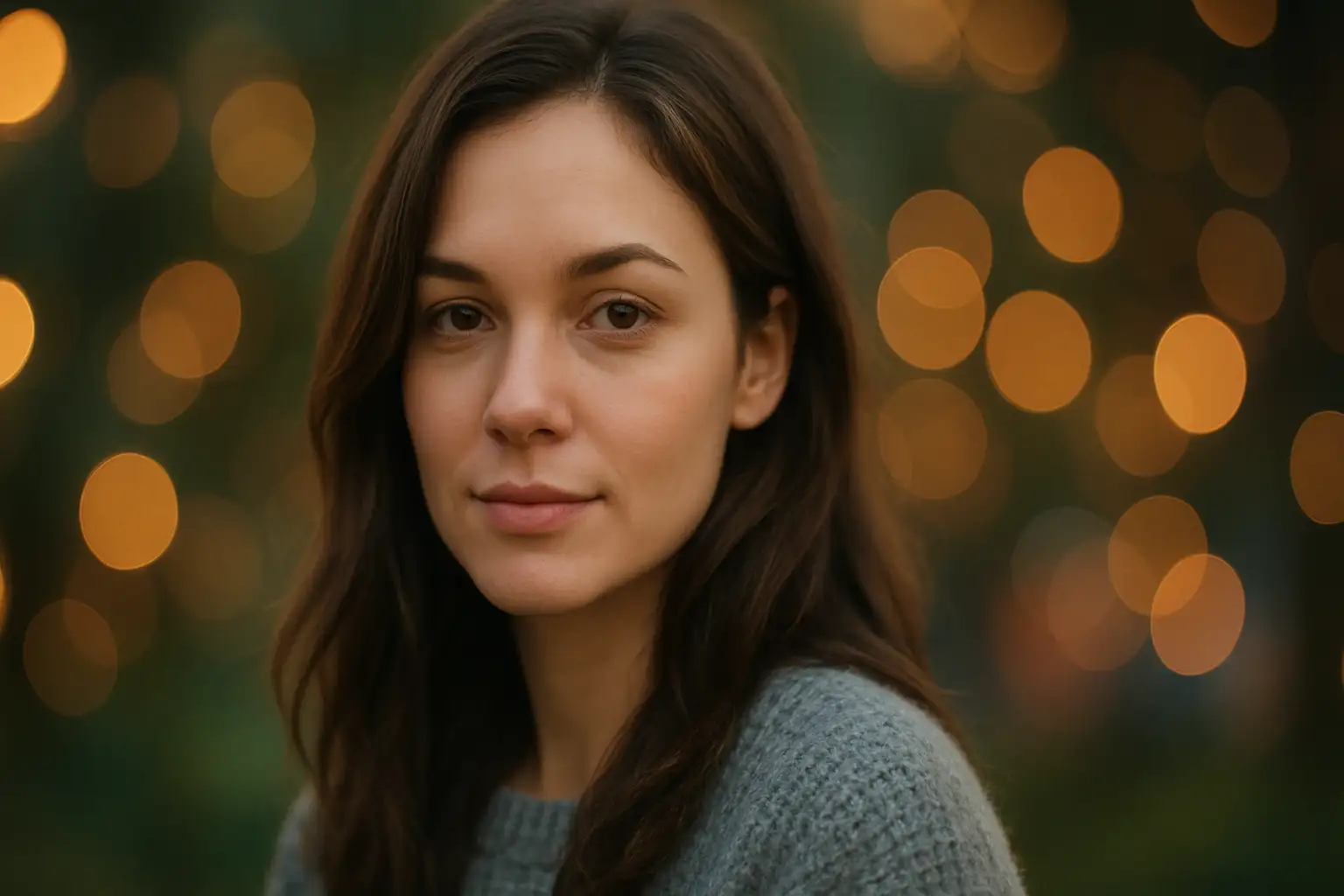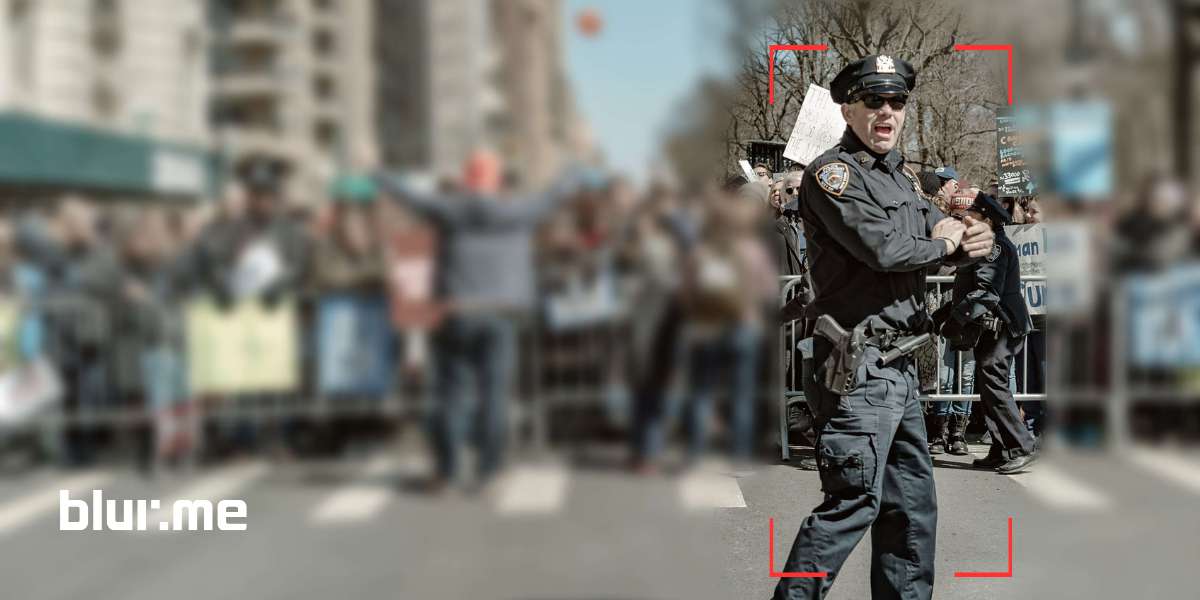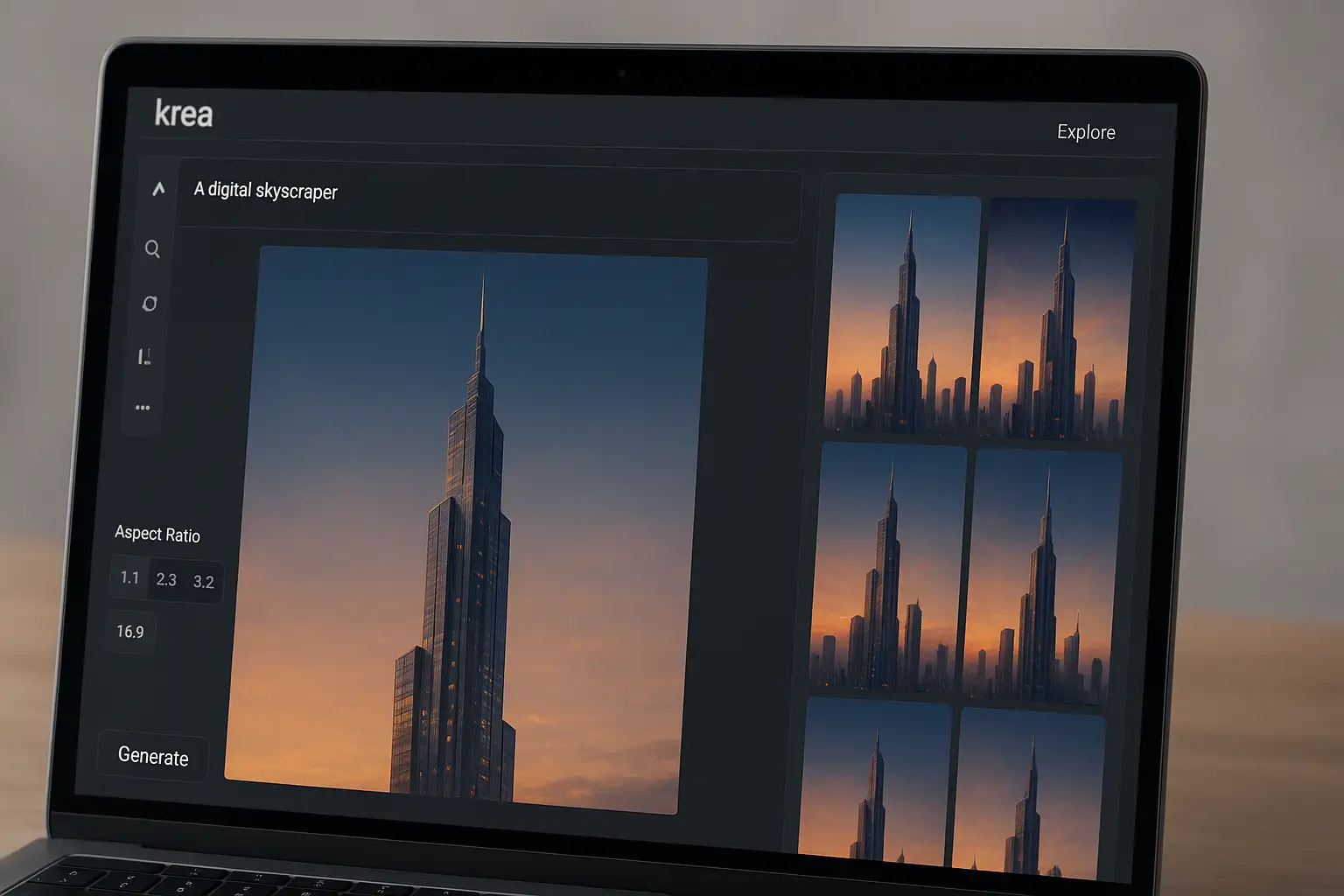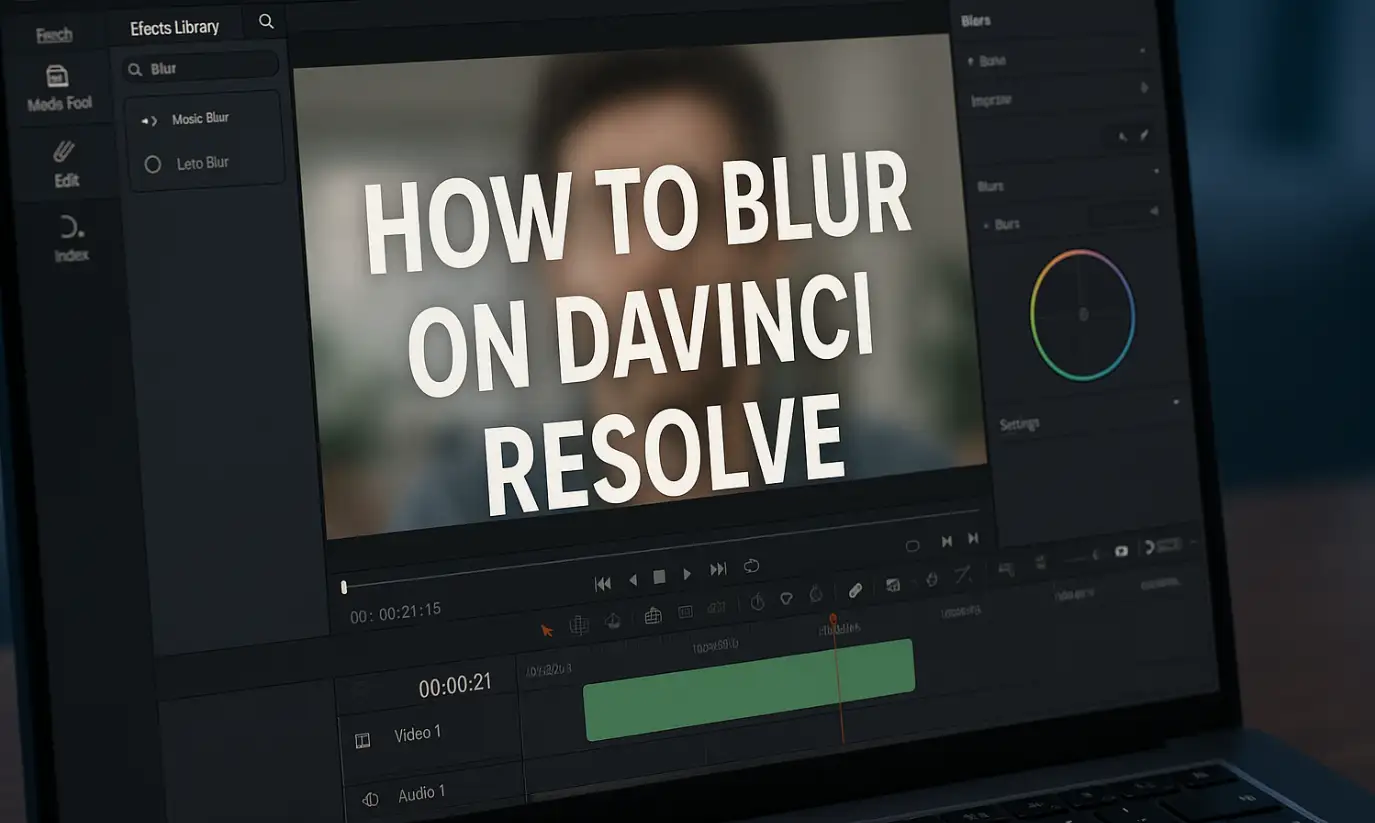What Is Bokeh Effect and Why Photographers Love It
If you’ve ever admired a portrait where the subject is sharp but the background melts into a soft glow, you’ve witnessed the bokeh effect. But what does bokeh mean? Derived from the Japanese word “boke,” meaning blur or haze, bokeh refers to the quality of out-of-focus areas in an image.
Unlike a simple blur, bokeh photography emphasizes artistic depth. Whether capturing streetlights at night or a glowing Christmas tree, mastering how to get bokeh transforms photos into cinematic masterpieces.
For those exploring editing techniques, tools like BlurMe offer a digital shortcut to add bokeh blur or blur backgrounds effortlessly.
What Does Bokeh Mean in Photography?
Bokeh describes how the lens renders out-of-focus highlights and background details. A shallow depth of field, or bokeh depth of field, draws attention to your subject by creating smooth background textures.
If you’re curious what is bokeh in a photo, imagine a cityscape where the lights appear as soft circles or hearts—this effect depends on lens quality and aperture settings. Understanding bokeh lighting will also help you capture stunning nighttime or holiday shots.
How to Get the Bokeh Effect: Key Techniques for Beginners
Creating bokeh isn't just about owning a DSLR. You can achieve it using different techniques—even on your phone or in post-production. Here’s how to get started:
1. Use a Camera with a Wide Aperture Lens
To create natural camera bokeh, choose a lens with a large aperture (low f-stop number like f/1.4 or f/2.8). This lets in more light and produces a shallow bokeh depth of field.
Pro tips:
- Use prime lenses for cleaner bokeh circles.
- Stand close to your subject and increase the distance from the background.
- Choose a background with small light sources (fairy lights, street lights, etc.) for bokeh lighting.
2. Create Bokeh with a Smartphone
Modern phones support portrait mode, which fakes a shallow depth of field using software. Here’s how to blur background and get bokeh:
- Enable Portrait Mode (iPhone/Android).
- Keep a light source in the background (e.g., string lights).
- Focus on your subject and tap on them to lock focus.
Want more control? BlurMe lets you apply bokeh blur or blur background after shooting. (More on that below.)
3. Add Bokeh Effect in Post-Production
You don’t need a professional camera to get the bokeh look. With the right tools, you can add it to any photo or video.
Using BlurMe Studio:
BlurMe is a free online tool that lets you:
- Blur backgrounds using AI or manual selection
- Add bokeh effect to simulate depth
- Pixelate or redact faces, license plates, or logos
- Create cinematic bokeh in videos for YouTube, TikTok, and more
Tutorial: How to Add Bokeh Blur Using BlurMe
- Go to BlurMe Studio
- Upload your image or video
- Choose Custom Blur or AI Blur
- Adjust the blur intensity and bokeh shape if needed
- Apply and download with or without watermark
Perfect for faceless creators, social media influencers, and anyone looking to enhance background blur without expensive gear.
How to Do Bokeh Photography (Step-by-Step)
1. Use the Right Lens
- Select a prime lens with a wide aperture (f/1.2 to f/2.8).
- These lenses produce creamy, professional camera bokeh.
2. Adjust Aperture and Focus
- Shoot at the lowest f-stop available to create bokeh blur.
- Switch to manual focus for better control.
3. Control Distance
- Keep your subject close and background far away to emphasize bokeh depth of field.
4. Play with Bokeh Lighting
- Use background lights—string lights, streetlamps, or candles create a dreamy bokeh shape.
- For creative shots, cut shapes (hearts, stars) in cardboard and place them over the lens.
5. Blur Background Digitally
Don’t have a DSLR? You can still achieve stunning bokeh background effects with editing tools. For example, BlurMe’s bokeh background editor and how to blur background guide show step-by-step methods for both images and videos.
Creating Bokeh Effect Without Professional Gear
Modern smartphones have portrait modes that simulate bokeh blur, but these results can be enhanced with post-processing. Tools like BlurMe not only create bokeh-like blurring but also let you adjust intensity, add bokeh shapes, and refine lighting effects.
For video editors, you can combine how to blur background on iPhone and Android with BlurMe’s online editor to create professional results, even without expensive lenses.
Advanced Tips to Master Bokeh Lighting
If you want to go beyond the basics, try these techniques:
Use Light Sources Creatively
Bokeh is shaped by how light is rendered. Try:
- Backlit scenes with fairy lights
- Sunlight filtered through trees
- Holiday lights or neon signs
Create DIY Bokeh Shapes
Want heart- or star-shaped bokeh? Cut custom shapes into black paper and place over your lens for a DIY bokeh filter.
Why BlurMe Is Perfect for Bokeh Effects
BlurMe is an all-in-one solution for blurring, anonymizing, and creatively editing images or videos. Beyond its AI-powered face and object redaction features (popular in CCTV redaction workflows), it excels at creating artistic effects like bokeh lighting.
With BlurMe, you can:
- Blur or pixelate specific areas while keeping the subject sharp.
- Simulate bokeh depth of field without a professional lens.
- Apply dynamic background blurs to both photos and videos.
If you’re interested in cinematic looks, check out our Blur Video and blur video editor guide for advanced tips.
Pro Tips for Stunning Bokeh Photography
- Use natural light: Golden hour is perfect for capturing soft bokeh lighting.
- Experiment with angles: Position lights in the background to create striking bokeh shapes.
- Combine effects: Apply digital tools like BlurMe for additional enhancement such as motion blur or pixelate image.
- Learn layering: Similar to how redaction software for law enforcement or cctv redaction layers privacy masks, you can layer multiple blurs to create depth.
FAQs About Bokeh Effect
What is bokeh depth of field?
It refers to how much of your image is in focus. A shallow depth of field creates stronger bokeh blur.
How to blur background to get bokeh?
Use a low f-stop and increase distance between your subject and background, or apply post-processing with tools like BlurMe.
What is bokeh photography?
It’s the artistic use of out-of-focus areas to highlight your subject while creating beautiful visual effects.
What’s the difference between bokeh blur and Gaussian blur?
Bokeh blur creates natural background softness with light orbs, while Gaussian blur is more uniform and less artistic.
Conclusion: Start Creating Bokeh Effects Now
Mastering the bokeh effect doesn’t require expensive gear—just a good understanding of depth, lighting, and focus. Whether experimenting with camera bokeh or enhancing images digitally, tools like BlurMe AI Face Blur make it easy to create professional bokeh backgrounds in minutes.
Ready to transform your photos? Explore our guides on how to add bokeh blur to background and try BlurMe’s powerful editing tools to elevate your photography.









